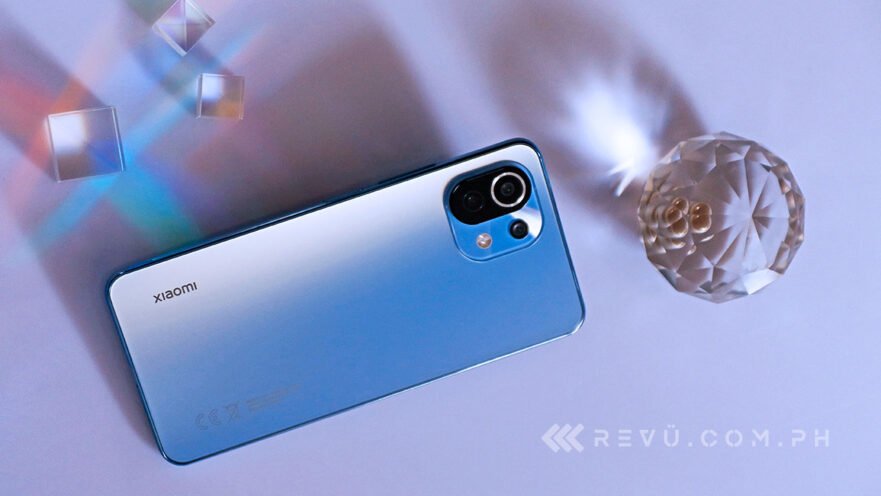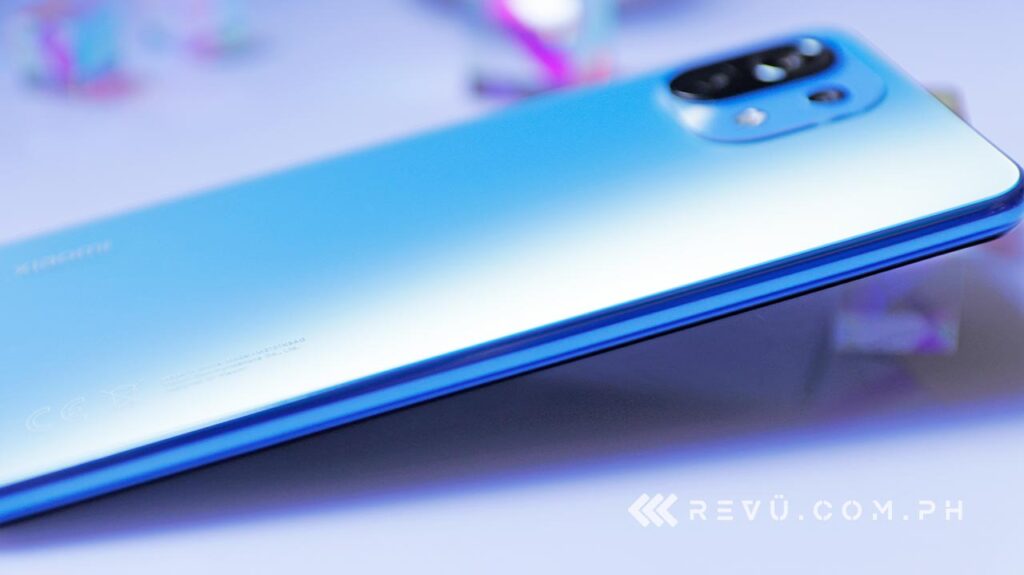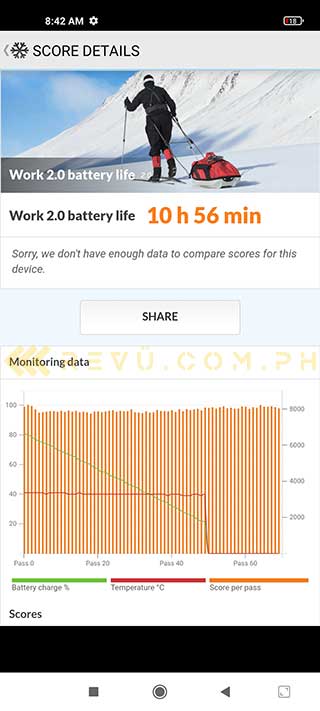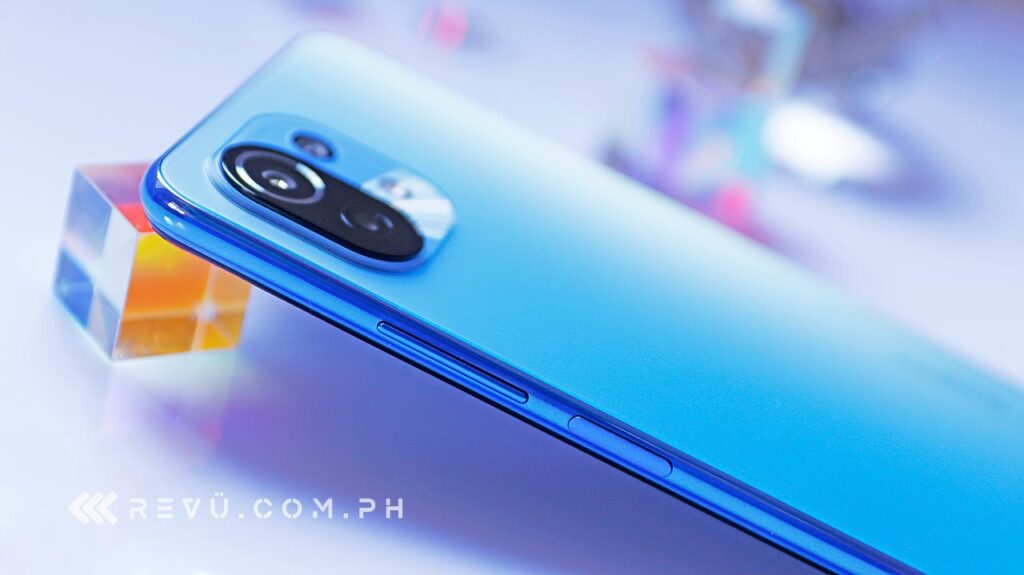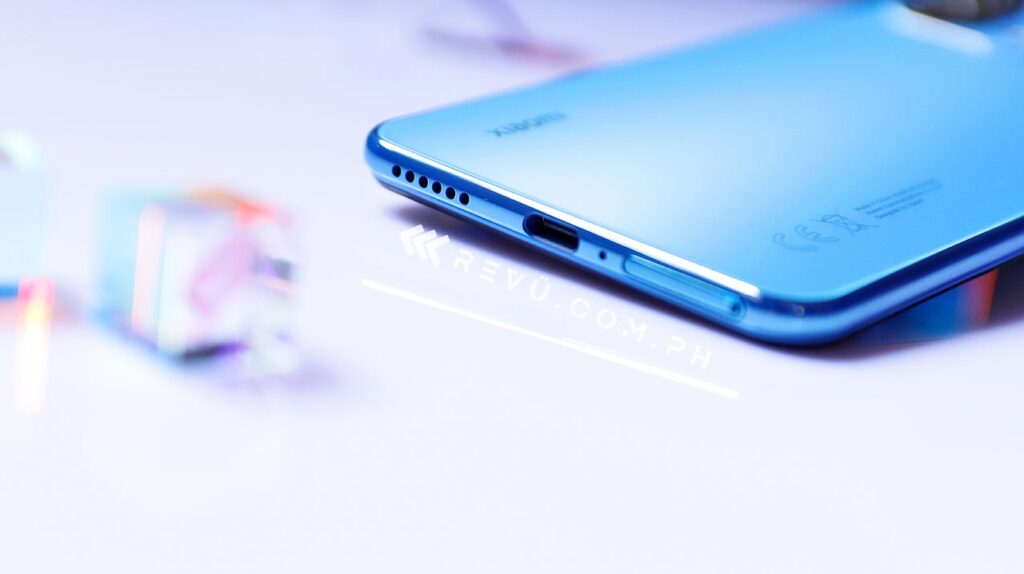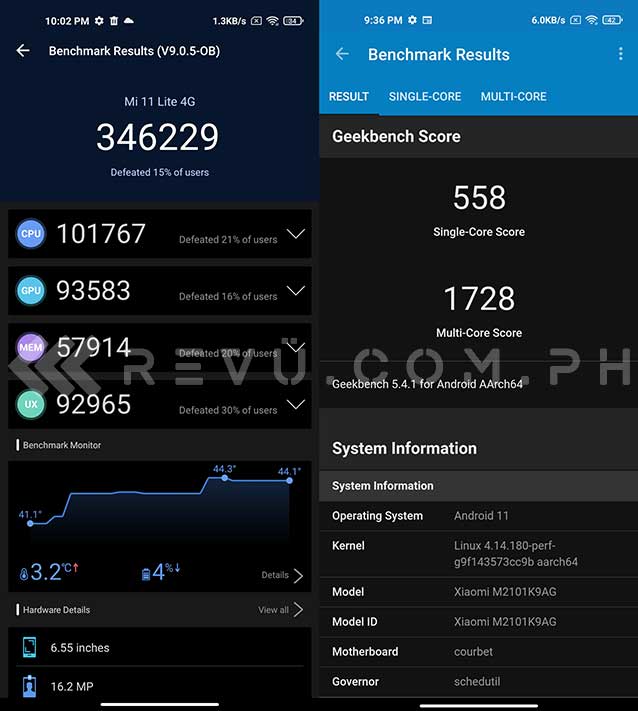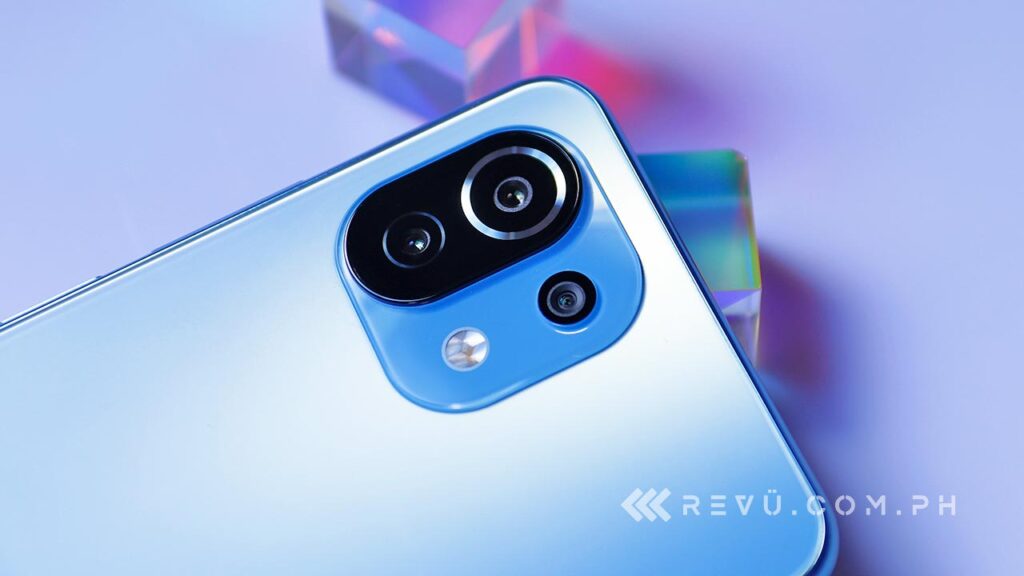Estimated reading time: 10 minutes
Xiaomi‘s meteoric rise in the global smartphone rankings is nothing short of impressive. It currently stands in third place behind Samsung and Apple.
And we think it’s well-deserved. Xiaomi’s more recent releases are well worth considering — especially from a price-to-performance perspective. Think Redmi K40 Game Enhanced Edition. Think POCO F3. Think Xiaomi Mi 11 Ultra. At a time when Huawei gets clobbered because of U.S. sanctions, Xiaomi seems to be working double time to take the former No. 1‘s place.
In the Philippines, one of the company’s latest smartphones is the Xiaomi Mi 11 Lite 4G. Priced at P14,990 (roughly $312 converted), it is the most affordable model in the Mi 11 series. But is the device worth putting on your short list? Should you buy it? Read our review to find out.
Pizzazz and all that jazz
At first glance, you’d think the Xiaomi Mi 11 Lite is the flagship Mi 11 5G. It has a punch-hole screen and a squarish rear-camera module, with sensors separated by a black isle. But it’s flat, which should probably made it a bit difficult to hold had it not been for the phone’s thickness. Or more accurately, slimness.
Yes, the Mi 11 Lite is as thin as handsets come, measuring at just 6.81mm. It’s not surprising that the smartphone is literally “Lite,” too, weighing in at a mere 157g. It’s amazing how the company was still able to put a 4,250mAh battery here — a battery that can last a day’s normal use; can still go even further if the refresh rate is lowered and Battery Saver or Ultra Battery Saver is enabled; and can even be topped up from 0% to 100% in just about one hour.
You can clearly see that Xiaomi is going after the young, fashionable set here — the market that’s targeted by the likes of Huawei’s Nova, OPPO’s Reno, and Vivo’s V lineups. Our Mi 11 Lite 4G in Bubblegum Blue wows, not just because of how ultra-slim it is, but also because of how beautiful the back is, with a frosted finish like on the Peach Pink option that’s not fingerprint-magnet and feels nice to the touch.
Look at that frosted finish!
By itself, that same finish is slippery in the hand. However, because of the different texture of the frame — which thankfully adopts the same color as the rear panel, by the way — holding the phone with one hand is effortless.
The left is free from buttons; the right side is where you’ll find the volume rocker and the power key that doubles as a fingerprint scanner, whose placement is where the thumb naturally rests. We suggest using Press instead of Touch as the default recognition method for the fingerprint reader to work, as it’s pretty sensitive. At the bottom is a dual SIM-card tray, a microphone, a USB-C port, and a speaker. And up top is an IR blaster and another stereo speaker and mic.
Entertainment at your fingertips
Front and center of the Xiaomi Mi 11 Lite 4G is an AMOLED display that has 10-bit TrueColor support and DCI-P3 color gamut. It’s vibrant as it is bright and readable even when outdoors on a sunny day.
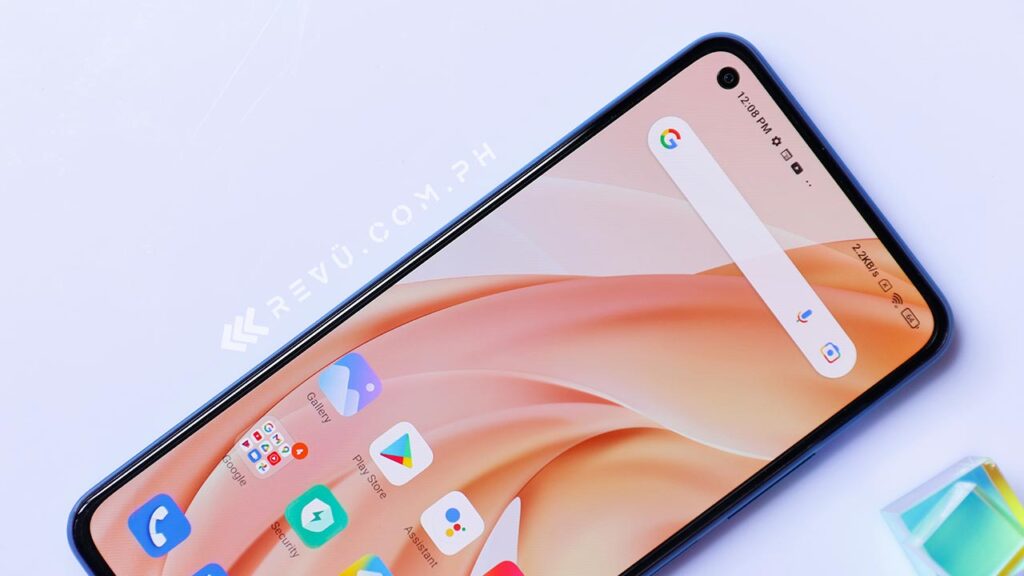
This is a 6.55-inch AMOLED display with 10-bit TrueColor support, DCI-P3 color gamut, and 90Hz refresh rate
The 6.55-inch screen seems bigger than it is because of the slim bezels all around and the small cutout on the upper left-hand side of the front panel. The highest refresh rate is set at “just” 90Hz unlike on last year’s Mi 10T Lite, but remember that many of the most popular games on Android, such as Mobile Legends: Bang Bang, can’t even push past 60Hz.
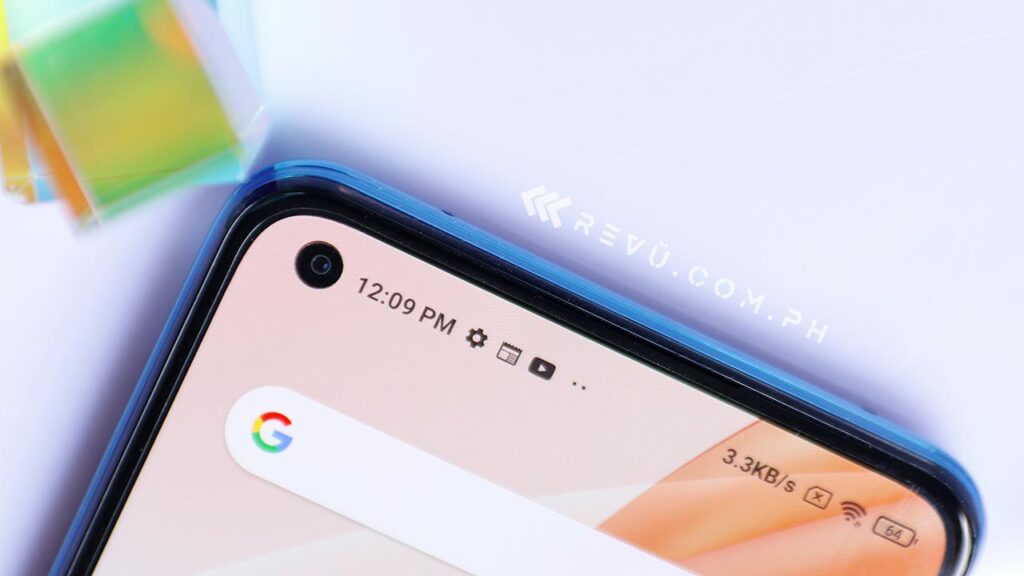
The screen seems bigger than it is because of the slim bezels all around and the small cutout on the upper left-hand side
That, coupled with the display’s 240Hz touch-sampling rate and the dual speakers with Hi-Res Audio and Hi-Res Audio Wireless certifications, should make the Mi 11 Lite an ideal entertainment device for casual gamers.
Speaking of playing games, the Xiaomi Mi 11 Lite is not the best in the segment, as we hinted just a second ago, but it’s a competent gaming device. It packs a Qualcomm Snapdragon 732G chip, which is fabricated on Samsung’s 8nm process and delivers an incremental performance upgrade over the Snapdragon 730G. Obviously, it’s faster than the Snapdragon 720G as well, which many mid-tier devices use, with the most recent being the Realme 8 Pro.
Most users will find that the Snapdragon 732G can handle just about any task they throw at it. Our unit also has 8GB of RAM, which is more than enough for a smooth gaming and multitasking experience, especially when the high-refresh option is enabled.
Genshin Impact, one of the most graphically demanding games out there, defaults to the Low graphics preset, but can run the game at 30 frames per second with the visuals set to Medium. NBA 2K20 plays at a solid 60 fps with the graphics settings set to High/Ultra. Interestingly, lowering the detail level doesn’t push the frame rate beyond the 60-fps mark. Dead Cells, on the other hand, runs at about 80 fps, and everything looks buttery smooth and fluid.
Gameplay: Genshin Impact, Dead Cells (3:01 mark), and NBA 2K20 (6:01 mark)
Watching YouTube videos and especially our favorite Netflix shows on the Xiaomi Mi 11 Lite during our downtime is an equally enjoyable, immersive experience as well. The smartphone’s screen supports HDR10 and has Widevine L1 certification for more lifelike images and the ability to stream high-definition content.
Cameras that wow
The Xiaomi Mi 11 Lite gets a 64-megapixel rear camera paired with an 8-megapixel ultra-wide-angle lens and a telemacro sensor. And the front has a 16-megapixel shooter housed in a punch-hole cutout on the upper-left side of the screen.
The primary sensor at the back saves 16-megapixel images by default, and unless we have plans of blowing up photos, we still prefer Auto to the 64MP mode; we find the quality of images produced by the default settings to be brighter and have a better dynamic range.
That’s not to say that the cameras disappoint. On the contrary, they wow. We love how crisp, detailed, and vibrant our pictures and videos are. We love that we can have decent ultra-wide and selfie shots in dimly lit settings because there’s Night mode for those. We love how easy it is to get extremely close to subjects we want to highlight without zooming in; the Macro mode does its job amazingly well. We love that similar to other Mi devices running Android 11-based MIUI 12, the Xiaomi Mi 11 Lite 4G has the camera features we here at Revü have always had fun using — such as VLOG, Movie Effects, and Clone — and filters like our favorite, Gold Vibes.
Pictures captured on the Xiaomi Mi 11 Lite: 1-2) Macro; 3-6) Auto; 7) Ultra-wide; 8) Clone; 9) Ultra-wide; 10) 1x; 11) 2x zoom; 12) 5x zoom; 13) 10x zoom (maximum); 14) Auto; 15) Gold Vibes filter; 16) Cyberpunk filter; 17) Auto (dim); 18) Night mode; 19) Auto (dim); 20) Night mode; 21) Auto (selfie); 22) Portrait (selfie); 23-24) Portrait with filters (selfies)
The outdoor, daylight shots can be quite saturated even if we turn off AI, though. So what we do is disable HDR, use Pro mode, or just use the many, interesting built-in filters when editing. There’s no optical image stabilization as well. Luckily, we have steady hands; we seldom use gimbals or tripods when shooting with camera phones. Plus there’s always Steady Video mode, though it caps at 1080p at 30 fps.
2) Dual Video#Mi11Lite #RevuDotComDotPH pic.twitter.com/xpMpLFBeaN
— Revü Philippines (@RevuPhilippines) May 13, 2021
Sample videos shot on the Xiaomi Mi 11 Lite: VLOG, Dual Video…
4) Parallel World#Mi11Lite #RevuDotComDotPH pic.twitter.com/SRl7kylrlv
— Revü Philippines (@RevuPhilippines) May 13, 2021
…Short Video (Super Fast), and Parallel World
Should you buy the Xiaomi Mi 11 Lite?
The Mi 11 Lite can easily trump many other smartphone brands’ competing devices, in large part because of the value you get for the price you shell out for it. But Xiaomi has a rich stable of other value-for-money phones in its arsenal, so we actually think the Lite is facing the stiffest competition from other Xiaomi models — a good problem for the company.
Go get this unit if for you, style is not just an afterthought but an important part of the whole package. Even its build feels more premium than similarly priced POCO and Redmi smartphones we have at home. Go buy it if you don’t mind not having access to 5G. Or if you’re okay that it lacks any IP certification.
If you want the Mi 11 flagship but don’t have the cash to burn, then the Lite — with its vivid, smooth screen; literally ‘loud speakers’; sharp cameras with many modes to choose from; decent battery that can be quickly topped up; and sleek profile — is the phone for you
Think of the Xiaomi Mi 11 Lite as a watered-down version of the Mi 11. If you want the flagship but don’t have the cash to burn, then the Lite — with its vivid, smooth screen; literally “loud speakers”; sharp cameras with many modes to choose from; decent battery that can be quickly topped up; and sleek profile — is the smartphone for you.
Xiaomi Mi 11 Lite 4G specs
- 6.55-inch FHD+, 2,400 x 1,080 AMOLED DotDisplay with 90Hz refresh rate, 240Hz touch-sampling rate, 10-bit color depth with TrueColor and DCI-P3 support, TÜV Rheinland Low Blue Light Certification, Corning Gorilla Glass 5 protection, and HDR10 support
- 8nm octa-core Qualcomm Snapdragon 732G processor
- 8GB LPDDR4X RAM
- 128GB UFS 2.2 storage
- LiquidCool technology
- Triple rear cameras: 64-megapixel, f/1.79 (main); 8-megapixel, f/2.2 (ultra-wide); and 5-megapixel f/2.4 (telemacro)
- 16-megapixel front camera
- Fingerprint sensor (side-mounted)
- 4,250mAh battery with 33-watt USB-C fast charging (with 33-watt in-box charger)
- Dual audio speakers, 2x recording microphones
- Hi-res Audio certification, Hi-res Audio Wireless certification
- MIUI 12 based on Android 11
- Color options: Boba Black, Peach Pink, Bubblegum Blue
Share this Post


